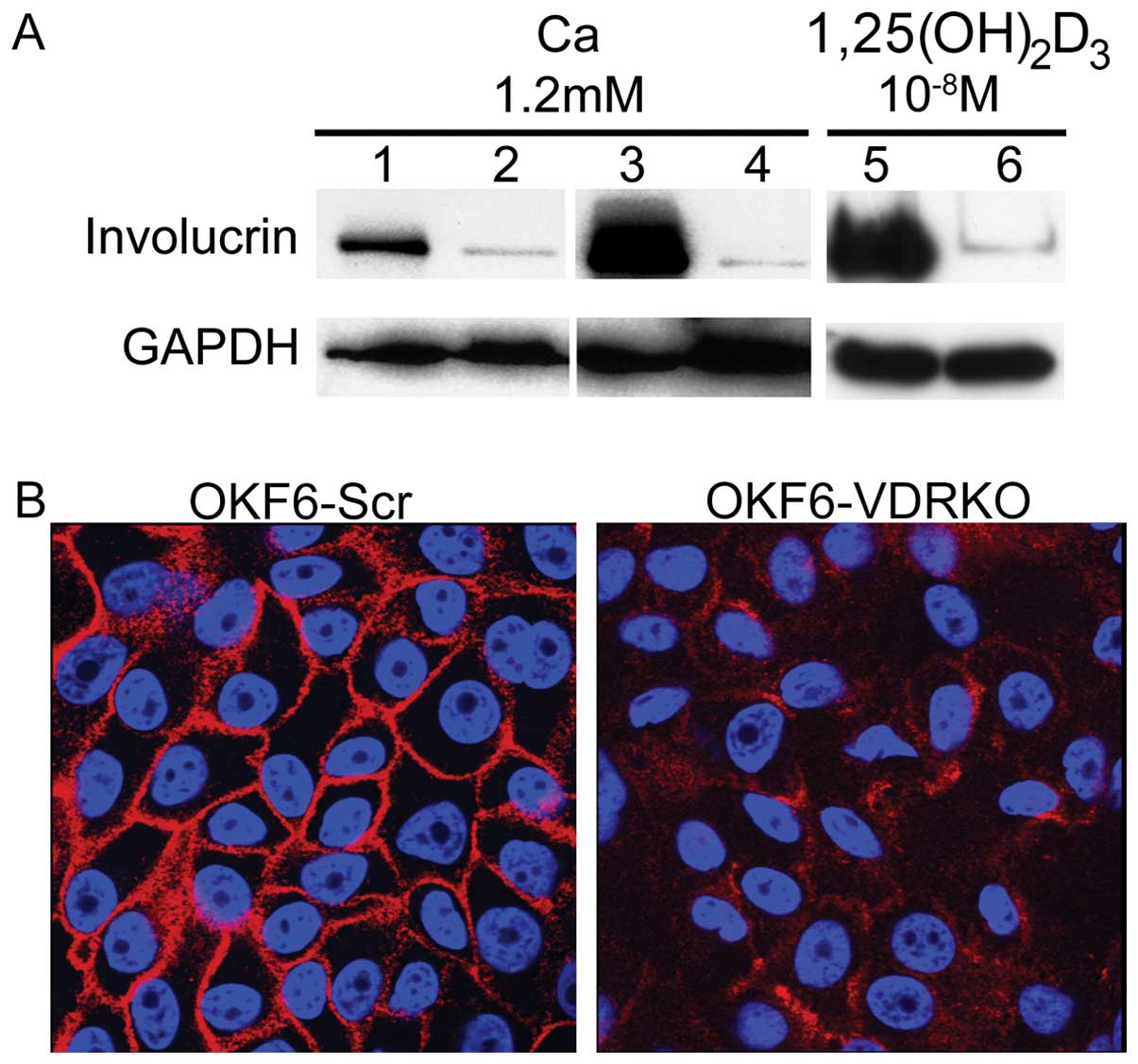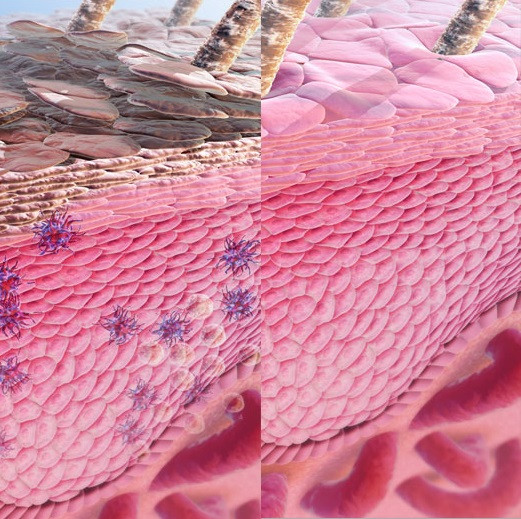

Translucent cells containing keratin called free#
Those elevations of extracellular calcium concentrations induces an increase in intracellular free calcium concentrations in keratinocytes. Calcium concentration in the stratum corneum is very high in part because those relatively dry cells are not able to dissolve the ions.

ĭuring this differentiation process, keratinocytes permanently withdraw from the cell cycle, initiate expression of epidermal differentiation markers, and move suprabasally as they become part of the stratum spinosum, stratum granulosum, and eventually corneocytes in the stratum corneum.Ĭorneocytes are keratinocytes that have completed their differentiation program and have lost their nucleus and cytoplasmic organelles. Those stem cells and their differentiated progeny are organized into columns named epidermal proliferation units. Some of the transit amplifying cells continue to proliferate then commit to differentiate and migrate towards the surface of the epidermis. Epidermal stem cells divide in a random manner yielding either more stem cells or transit amplifying cells.

Cell differentiation Įpidermal stem cells reside in the lower part of the epidermis (stratum basale) and are attached to the basement membrane through hemidesmosomes. The fully cornified keratinocytes that form the outermost layer are constantly shed off and replaced by new cells. Keratinization is part of the physical barrier formation ( cornification), in which the keratinocytes produce more and more keratin and undergo terminal differentiation. Structure Ī number of structural proteins ( filaggrin, keratin), enzymes ( proteases), lipids, and antimicrobial peptides ( defensins) contribute to maintain the important barrier function of the skin.

Pathogens invading the upper layers of the epidermis can cause keratinocytes to produce proinflammatory mediators, particularly chemokines such as CXCL10 and CCL2 (MCP-1) which attract monocytes, natural killer cells, T-lymphocytes, and dendritic cells to the site of pathogen invasion. The primary function of keratinocytes is the formation of a barrier against environmental damage by heat, UV radiation, water loss, pathogenic bacteria, fungi, parasites, and viruses. Keratinocytes differentiate from epidermal stem cells in the lower part of the epidermis and migrate towards the surface, finally becoming corneocytes and eventually be shed off, which happens every 40 to 56 days in humans. Keratinocytes form a barrier against environmental damage by heat, UV radiation, water loss, pathogenic bacteria, fungi, parasites, and viruses.Ī number of structural proteins, enzymes, lipids, and antimicrobial peptides contribute to maintain the important barrier function of the skin.
Translucent cells containing keratin called skin#
Basal cells in the basal layer ( stratum basale) of the skin are sometimes referred to as basal keratinocytes. In humans, they constitute 90% of epidermal skin cells. Keratinocytes are the primary type of cell found in the epidermis, the outermost layer of the skin. Primary type of cell found in the epidermis Micrograph of keratinocytes, basal cells and melanocytes in the epidermis Keratinocytes (stained green) in the skin of a mouse


 0 kommentar(er)
0 kommentar(er)
